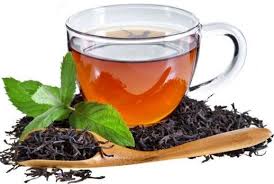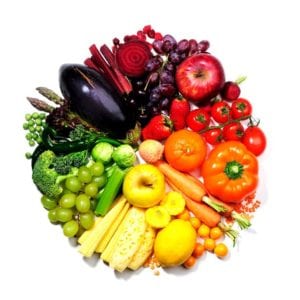
Since the development of sunscreen in the 1920’s, there has been a steady increase in the use of sunscreen. Since this time, we have also witnessed a steady increase in the rates of skin cancer…. Interesting, right?
This of course doesn’t mean that sunscreens are the culprit behind the climbing rates of skin cancer, although many of them can contain harmful additives and toxic ingredients, which can be harmful for your skin cells.
Preventing skin cancer is a combination of things, and avoiding the sun (or sunscreen) isn’t the answer. As creatures who inhabit the planet Earth, sunshine is an inherently important, necessary, and vital part of our day. The sun helps us to make Vitamin D, which is cancer protective.
Dr. Michael Holick (Professor of Medicine, Dermatology, Physiology, & Biophysics at Boston University Medical Center), wrote “For every case of skin cancer eliminated by sun avoidance, there are twenty or more cases of prostate or breast cancer caused by sun avoidance and the ensuing lack of sun-induced Vitamin D.”
So what then, should we focus our efforts on to protect ourselves?
Most of what it boils down to (as with so many things in disease prevention), is a healthy diet! One that is high in antioxidants, vitmains, nutrients, and healthy fats and oils. Dr. Johnathan Wright, MD (forerunner in research and application of natural treatments for healthy aging and illness), points out that those living in the very sunny land of Greece have the lowest amount of melanoma compared to anywhere else on the planet. Why? Because they consume a healthy Mediterranean diet: high in healthy fats, olive oil, fish, and vegetables that have lots of antioxidants and protective nutrients. Studies show that animals fed a diet with protective antioxidants don’t suffer the damaging effects of ultraviolet rays, yet animals that don’t get antioxidants in their diet incur higher rates of skin cancers.
The Standard American Diet (ironically – and sadly – abbreviated SAD) is unfortunately not made up of healthy antioxidants, fats nor plant-based fibers and healthy goodness. So, it’s not too surprising to see that in places of the U.S. where more people consume the SAD, rates of skin cancers and melanomas are at their highest.
Greeks who emigrate to other countries and begin consuming the SAD obtain higher incidences of Western-world health conditions, including melanoma. So… it’s not where you live, but the food you put into your body, that contributes to your body’s ability to stay healthy and protect you from disease.
Some of the most protective, nutrient-rich foods include carrots, tomatoes, citrus fruits, and cruciferous veggies like cabbage, Brussel sprouts and kale. By contrast, dairy, butter and alcohol are foods that are more likely to allow for skin damage from the sun. Now, I’m not saying you need to put down your cocktail, or that you can’t enjoy that ice cream on occasion. These things are just fine in moderation. But there is a delicate balance – as there is with just about everything in life – to creating optimal diet and lifestyle habits that keep us healthy, feeling great, and disease-free J
So, what do we eat?
There are many nutrients in a healthy diet that can protect against UV-associated skin damage and cancer. Vitamins A, C, and E, of course are the main players. Then we have carotenoids (beta-carotene, lutein, lycopene), which help to prevent skin redness from the sun and protect against oxidative and cellular DNA damage in our skin cells. Lycopene is highest in red foods, such as tomatoes or watermelon. And beta-carotene is high is orange and yellow foods, such as pumpkin, sweet potatoes and carrots. Lutein is high is green foods like spinach, kale and Brussel sprouts. YUM!

Polyphenols & flavonoids are also great antioxidant supporters, and protect our skin from damage from ultraviolet rays too. These are found in foods such as grapes, red wine, cocoa, citrus peels, and black & green teas. One study even shows a lower incidence of both basal and squamous cell cancers with higher intake of teas. Drink up!
Fish oils & olive oil are also very protective for our skin, and contain high amounts of omega-3’s and Omega-9’s, respectively. In contrast, a diet high in Omega-6 (which is what the SAD contains) are associated with more UV-induced damage and tumor cell growth. Studies show a trend toward lower risk of squamous cell cancers and melanoma with higher ratios of Omega-3/Omega-6 fatty acids.
So. Sounds like eating a variety of colorful foods is a great start to supplying your body with the protective ingredients it needs to keep you thriving

And while I am a proponent of healthy sun exposure, I am also a proponent of using a healthy sunscreen for longer durations of fun in the sun. I recommend an all natural, “physical barrier” sunscreen, which uses titanium dioxide and zinc oxide as a physical barrier against UV rays. Look for the products that do not contain nanospheres, as these may be absorbed by the body. Some of these products are even tinted, so they won’t make you look like a ghost!
